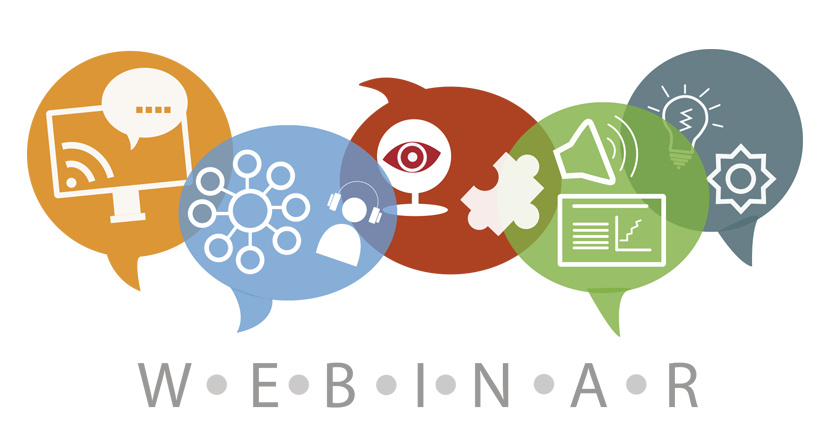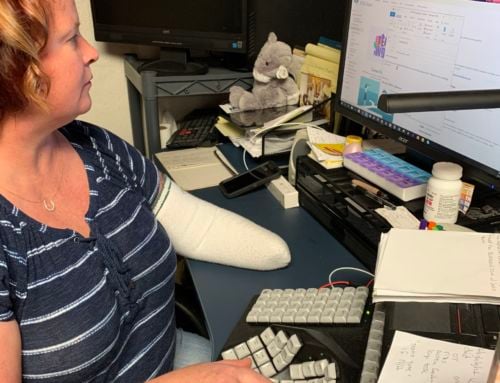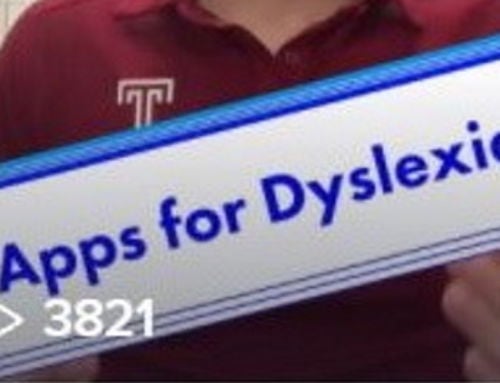Assistive Technology for Stuttering
Thanks to the Job Accommodation Network for contributing to this post.
![]()
Stuttering is a type of communication disorder in which the flow of an individual’s speech is interrupted by repetitions, prolongations, or periods where no sound is produced during the person’s effort to speak. Sometimes these efforts are accompanied by other actions like head nods or pursing the lips. The frequency and severity of these symptoms may vary depending on the setting, means of communication (telephone vs. face-to-face), complexity of what the person wants to say and with whom they are communicating.
Fluency devices (or apps) allow a user to hear their own speech with an altered pitch (“altered frequency feedback” or AFF) and a slight time delay (“delayed auditory feedback” or DAF). This creates a “choral speech effect” which has been shown to dramatically reduce stuttering without training or effort. However, these devices are best implemented with guidance from a speech-language pathologist to avoid the possibility of exacerbating rather than improving fluency disorder symptoms.
Technology options to create the choral speech effect include hand-held devices with headsets (for example Basic Fluency System, Small Talk, and School DAF), hearing-aid-style units (SpeechEasy), and smartphone apps (DAF PRO and Speech4Good).
Learn more about stuttering from the American Speech-Language-Hearing Association. Read a personal story about using technology for fluency, in conjunction with a speech therapy program, at this Stuttering Foundation webpage.
Monthly Blog Digest
Search the blog
State AT Program Blogs
California
Florida
Indiana
Kentucky
Louisiana
Maryland
Massachusetts
Michigan
Montana
North Carolina
North Dakota
Utah
State AT Program Blogs
The AT3 Center, the Association of AT Act Programs (ATAP), and the Administration on Community Living (ACL) make no endorsement, representation, or warranty expressed or implied for any product, device, or information set forth in this blog. The AT3 Center, ATAP, and ACL have not examined, reviewed, or tested any product or device hereto referred.








